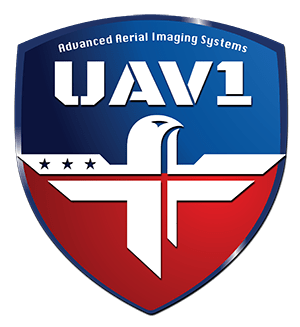Documents and Data Sheets
Product Brochures

Thermal Imaging Around the World
These sources aim to examine the integral role of thermal imaging technology in various military and intelligence operations. Thermal imaging is pivotal in gathering data and enhancing situational awareness in operations conducted by agencies such as the Counter–IED Operations Integration Center (COIC), Defense Intelligence Agency (DIA), and the Department of Defense (DoD). Thermal imaging’s versatility enhances counter-insurgency operations, signals intelligence (SIGINT), communications intelligence (COMINT), and electronic intelligence (ELINT).
creating a thermogram that provides visible heat maps. This technology facilitates the measurement of relative heat, enabling the detection of otherwise invisible thermal patterns.
Thermal Imaging in Counter-IED Operations: Counter Improvised Explosive Device (C-IED) operations leverage thermal imaging for the detection of hidden IEDs. The Husky Mounted Detection System (HMDS), primarily employed by U.S. and Coalition Forces (CF) under the control of combatant commands (COCOMs) such as U.S. Africa Command (AFRICOM), U.S. Central Command (CENTCOM), and U.S. European Command (EUCOM), incorporates thermal imaging to improve detection capabilities. Similarly, the Vehicle Optics Sensor System (VOSS) utilizes thermal imaging to detect potential threats in hostile environments.
The integration of thermal imaging in signals intelligence (SIGINT), communications intelligence (COMING), and electronic intelligence (ELINT) offers an improved understanding of enemy actions. These tools, used by the Defense Intelligence Agency (DIA) and other elements of the Department of Defense (DoD), rely on thermal imaging to decode otherwise invisible heat patterns, providing vital strategic insights.
Role in Counter–IED Operations Integration Center (COIC): The COIC heavily relies on thermal imaging to help identify IED manufacturing sites. In the endeavor to Attack the Network (AtN) of individuals involved in IED production and deployment, thermal imaging technology provides critical visibility.
Role in COIC and Counter-IED Measures: In addition to the identification of IED manufacturing sites, the Counter-IED Operations Integration Center (COIC) employs thermal imaging for enhanced surveillance in high-risk areas. For instance, Personnel Borne IED (PBIED) or Vehicle-Borne IED (VBIED) attacks require tactical surveillance and intervention strategies. The COIC utilizes thermal imaging in such instances to detect heat signatures that may indicate a threat.
Application in Regional Commands: In specific regional commands such as Regional Command-East, Afghanistan (RC-East) and Regional Command-South Afghanistan (RC-South), thermal imaging is an integral part of their surveillance apparatus. It is deployed in Entry Control Points (ECPs) to detect hidden explosives or threats in vehicles or carried by individuals.
Use in Counter Radio Controlled IED Electronic Warfare (CREW): The CREW program is another significant consumer of thermal imaging technology. CREW systems, such as the Combined Vehicle Radio Jammer (CVRJ), employ thermal imaging to detect radio-controlled IEDs (RCIEDs) that are triggered remotely using Radio Frequency (RF) signals.
Implementation in the Defense Advanced Research Project Agency (DARPA): DARPA, known for its cutting-edge research, uses thermal imaging to support its various initiatives, including the development of advanced detection and countermeasure systems against IED threats.
Integration in U.S. Special Operations Command (SOCOM): For U.S. SOCOM, thermal imaging technology is a crucial asset for nighttime operations, assisting in the detection of potential threats and ensuring the safety of the operatives during their missions.
Deployment by the Department of Homeland Security (DHS): DHS uses thermal imaging in various applications, including border surveillance and protection. It is a vital tool for detecting unauthorized crossings or potential threats even in low visibility conditions.
Integration into the Joint Training Center IED Operations Center (JTCOIC): In the context of training, thermal imaging is utilized to prepare forces for real-world scenarios. The JTCOIC, for instance, integrates thermal imaging in its simulations to enhance the realism and effectiveness of the training.
The versatility and broad application of thermal imaging technology position it as a crucial component of modern military, intelligence, and anti-terrorism operations. This is consistent across various global security entities, including the Five Eyes (FVEY) intelligence alliance, comprising Australia, Canada, Great Britain, New Zealand, and the United States. By offering invaluable data and heightened situational awareness, thermal imaging technology continues to bolster global security efforts.
Contact For More Help
If you need any other help with products, installation, or usability do not hesitate to reach out. Our experts in your sector are here and ready to assist you at every step of the process.
